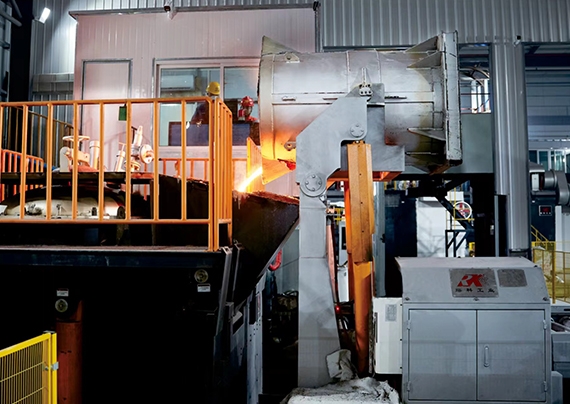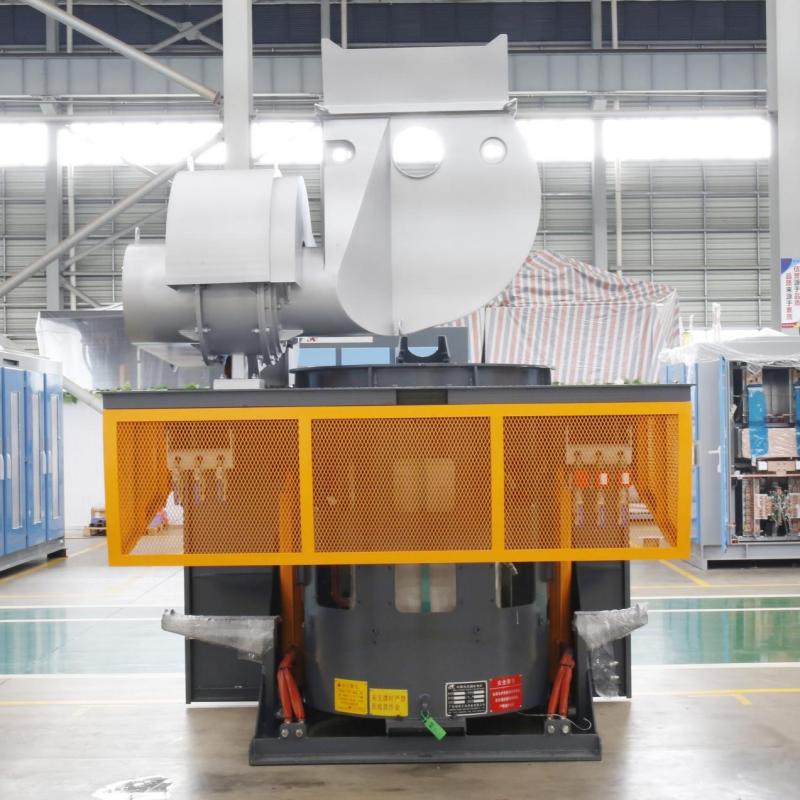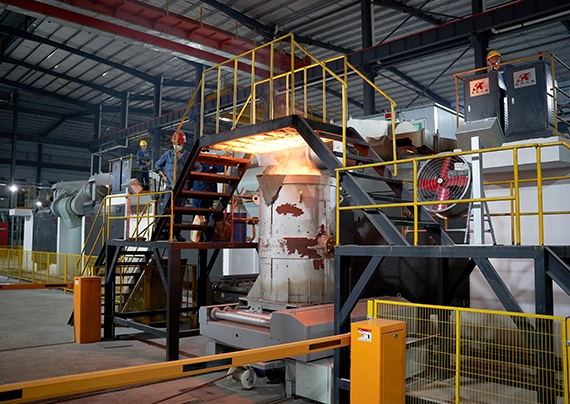
What is Induction Heating System ? Key Applications and Benefits of This Advanced System
An analysis of the possibilities, merits, and uses of Technology
What is induction heating system? This blog describes Induction heating as regarded as one of the most efficient and progressive heating techniques in the sphere of developed heating technologies, which is used in various industries including metallurgy and the car industry. But, have you ever wondered what an induction heating system is and how it functions can function? To better understand this phenomenon, in this article we will define the principles that govern the induction heating process. Analyze its advantages and disadvantages and determine why it is growing in popularity in various fields.
What is an Induction Heating System?
An induction heating system is actually a modern-day technique which uses electromagnetic fields to heat electrical conductive material. Compared to traditional heating methods that require an external heat source such as a gas burner or electric coil. Induction heating directly heats the material or workpiece. This is made achievable by creating eddy currents in the material hence offering resistance and in the process producing heat.
How Does Induction Heating Work?
What is induction heating system this blog discusses the Induction heating can be traced back to a fundamental law of electromagnetic induction, According to which an alternating current is induced in a conductor placed in a magnetic field that varies with time. Here’s a simple breakdown:
Induction Coil: Usually it is made of copper and connected to an induction power that supplies energy to the coil.
Magnetic Field Generation: Like a solenoid, when there is a passing of current through the coil, an oscillating magnetic field is produced around the coil.
Eddy Currents: When a metal workpiece is introduced in this magnetic field, the latter sets up eddy currents in the workpiece material. These currents are resisted by the material and the heat generated is the result.
The characteristics of this traditional heating technology are: induction heating, fast and controllable heating speed. Suitable for high-precision applications. For detailed information on the principle of induction heating, it is recommended to first check out MIT’s “Principles of Electromagnetism”.
Key Components of an Induction Heating System
To understand induction heating fully, it’s important to know the components involved:
• Induction Coil: Generally, they are produced especially if the shape and size of the part to be heated requires such an arrangement and are used in defining the heating process.
• Induction Power Supply: The source of electric power that supplies a/c to the coil, particularly with high frequency.
• Workpiece: The particular metal or any other material which is required to be heated.
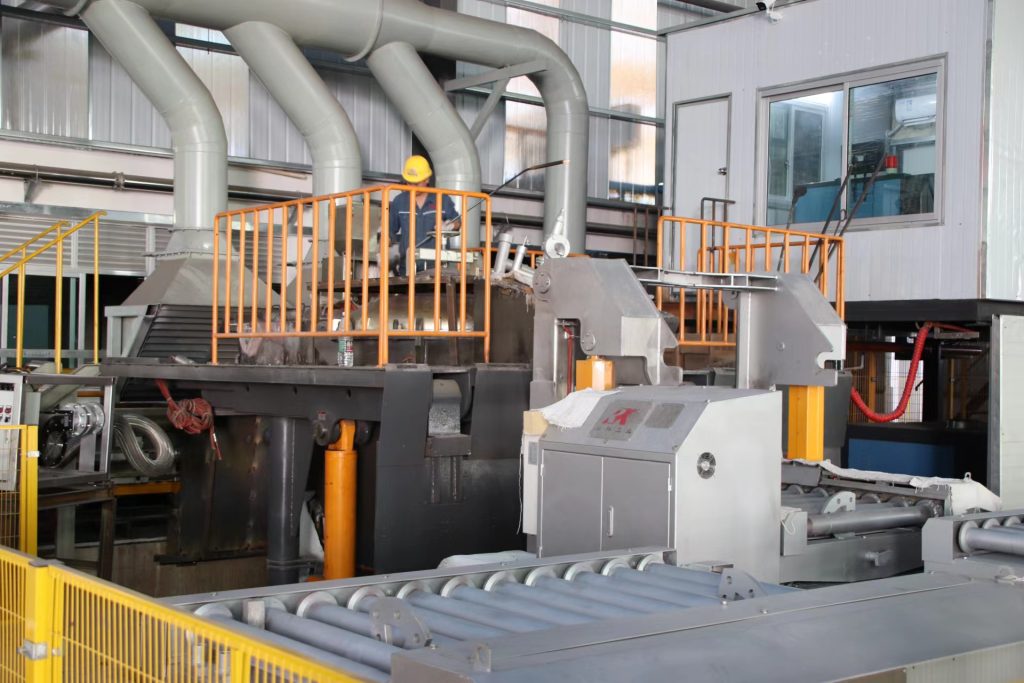
All these components are efficiently integrated to make induction heating systems more efficient. And are selective for different industrial applications. Therefore, it can be said that the induction heating process is generally superior to the traditional heating processes used in manufacturing and other industries.
The Induction Heating Process vs. Traditional Heating
• Efficiency: Most traditional methods of heating bring a lot of heat to the surrounding air of the material under heating, with little or no going to the material. On the other hand, induction heating excites the energy within the workpiece and is 90% efficient.
• Speed: Induction heating is instantaneous and can heat materials in seconds. Traditional heating takes minutes, sometimes even hours, depending on the type of material.
• Precision: High-temperature accuracy and particular heating area control make the selection of induction the most appropriate for applications where accuracy is significant.
Applications of Induction Heating
Induction heating technology is versatile and finds applications in several industries:
Automotive: Employed in carburizing other parts such as engine, gears and crank shafts.
Metallurgy: Used in every metal forming process that requires heating, especially in limited and uniform areas such as in the forge, the brazing furnace, and the welder’s torch.
Electronics: Soldering can be done with induction heating in a way that does not impact other parts of the assembly which are heat sensitive.
Food & Beverage: Induction sealing can be widely used where packaging security is a key factor, more frequently; it is used for tamper-proof packaging.
The Advantages of Induction Heating Systems
Induction heating systems offer many advantages that appeal to manufacturers and engineers alike:
• Energy Efficiency: Because heat is produced at the place of its generation, that is inside the material, there is less energy loss hence making induction heating cheaper.
• Environmentally Friendly: Since we don’t use open flames to burn fuel or emit any exhaust fumes. Induction heating is pollution-free, thus helping to protect the environment.
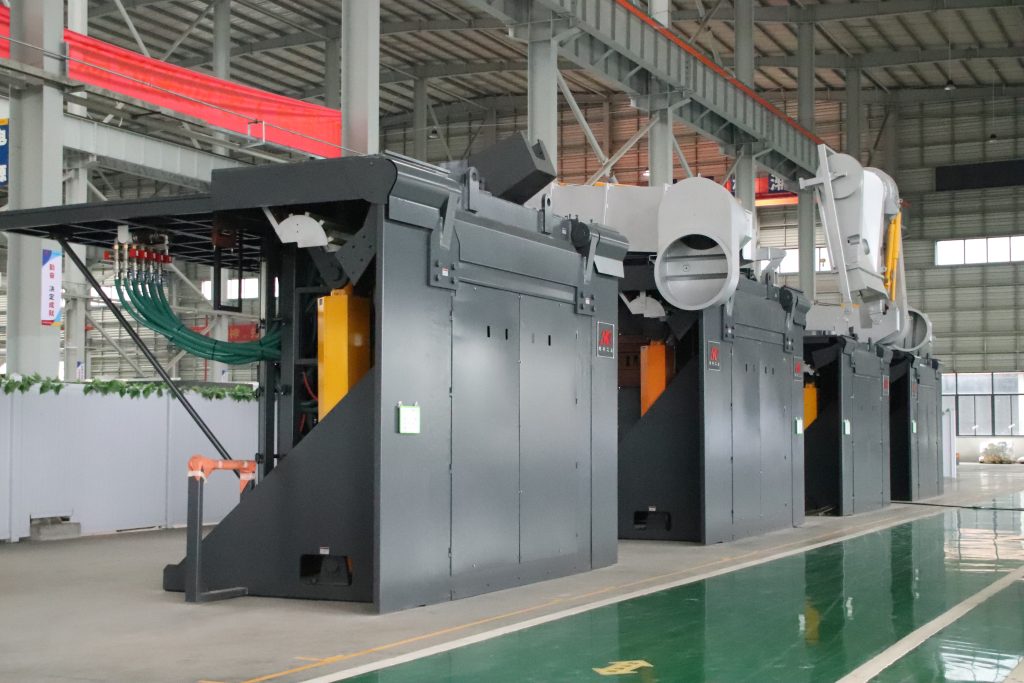
• Safety: Compared to conventional flames and combustion, the induction heating system provides added safety in plants and factories.
• Speed and Productivity: These include short heating time, meaning more production is done since heated materials are prepared in a shorter time than the conventional heating methods.
• Consistent Results: Induction heating is characterized by uniform and reproducible heating typical to high-quality manufacturing processes.
Safety in Induction Heating
One of the most important principles taken into consideration when using induction heating is safety. The absence of open flames makes it safer than traditional methods, yet operators must still follow safety guidelines:
• Thermal Hazards: It is also an unhappy coincidence that heated parts remain extremely hot and can cause burns.
• Electromagnetic Fields (EMF): Full-power induction systems generate electromagnetic fields that interfere with transportable medical devices such as pacemakers.
The Future of Induction Heating Technology
With advances in induction heating technology, we can expect even greater efficiencies and applications in the coming years:
Automation Integration: The combination with other automated systems will also make it possible to control the induction heating to even higher levels of accuracy.
Sustainable Practices: Induction systems newer models are concerned more and more with saving energy and having minimal impact on the environment.
Enhanced Safety Features: Higher safety measures will improve the functionality of induction systems to even the toughest testy industrial environments.
As other industries claim. As the manufacturing industry will always be at the forefront of environmentally friendly and efficient heating technology, the future of induction heating seems bright.
Is Induction Heating Right for Your Needs?
Induction heating systems are highly advantageous, particularly for uses that call for high accuracy, energy consumption and safety. Induction heating is considered a revolutionary technology for companies functioning in the automotive, electronics, and metallurgy industries. Nonetheless, since this system may be slightly more expensive at the moment. And because of material limitations, special needs should be considered before investing.
Conclusion:
Rongke Industrial Equipment is more than a technological advancement; it’s a transformative process for industries seeking efficient, precise, and environmentally friendly heating. Whether it is used to harden metals, seal food containers or connect electronic components. The applications of induction heating are both diverse and innovative. Induction heating has the potential to continue to grow. It is expected to play an important role in the industrial manufacturing of the future.


